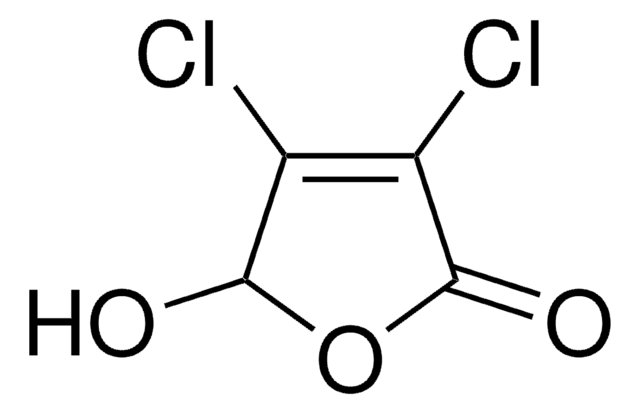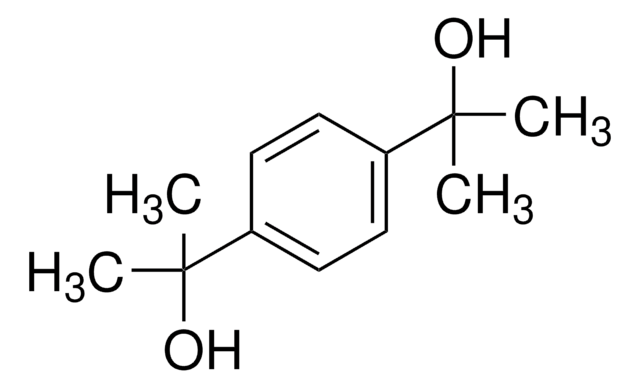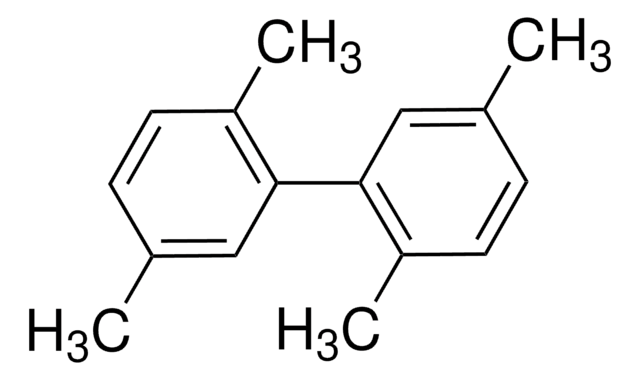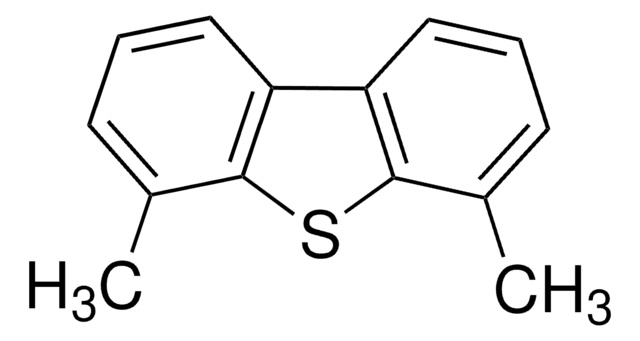105937
3,4,4′-Trichlorocarbanilide
99%
Synonym(s):
1-(4-Chlorophenyl)-3-(3,4-dichlorophenyl)urea, TCC, Triclocarban
About This Item
Recommended Products
agency
EPA 1694
Quality Level
vapor pressure
<0.1 mmHg ( 25 °C)
assay
99%
form
solid
mp
254-256 °C (lit.)
solubility
methanol: soluble
application(s)
environmental
functional group
amine
chloro
SMILES string
Clc1ccc(NC(=O)Nc2ccc(Cl)c(Cl)c2)cc1
Looking for similar products? Visit Product Comparison Guide
Related Categories
1 of 4
This Item | Z688185 | Z688193 | Z688207 |
|---|---|---|---|
| manufacturer/tradename Argos 1305032 | manufacturer/tradename Cole Parmer 439606 | manufacturer/tradename Cole Parmer 1305037 | manufacturer/tradename Cole Parmer 439607 |
General description
Application
Biochem/physiol Actions
Disclaimer
signalword
Warning
hcodes
pcodes
Hazard Classifications
Aquatic Acute 1 - Aquatic Chronic 1
Storage Class
11 - Combustible Solids
wgk_germany
WGK 3
Choose from one of the most recent versions:
Already Own This Product?
Find documentation for the products that you have recently purchased in the Document Library.
Our team of scientists has experience in all areas of research including Life Science, Material Science, Chemical Synthesis, Chromatography, Analytical and many others.
Contact Technical Service
![3,3′,5,5′-Tetramethyl[1,1′-biphenyl]-4,4′-diamine dihydrochloride dihydrate AldrichCPR](/deepweb/assets/sigmaaldrich/product/structures/759/739/40754adb-33a2-4138-8bc6-ae3fd27ddd82/640/40754adb-33a2-4138-8bc6-ae3fd27ddd82.png)









